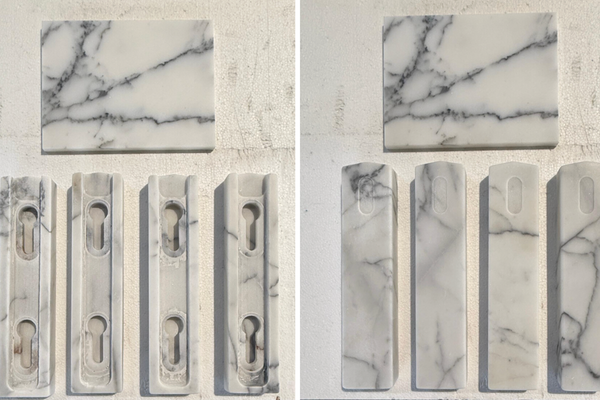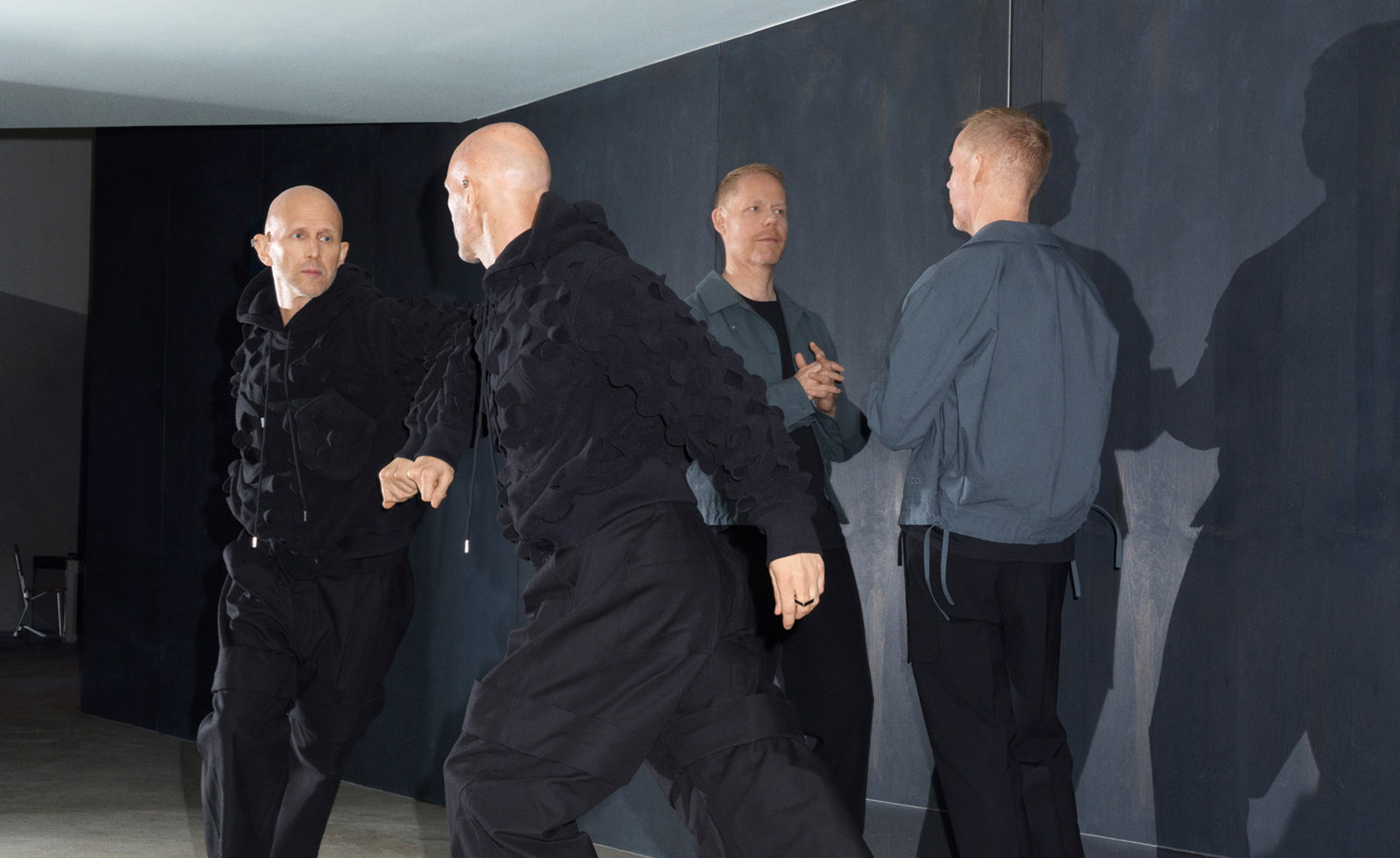
From Laura Marling to Antony Gormley, Mickalene Thomas and St. Vincent – this year we have criss-crossed the worlds of art and culture to speak to the best in the business. Here are extracts from some of our favourite conversations. Click through to read the full interviews.
Top ten art and culture interviews of the year
Antony Gormley
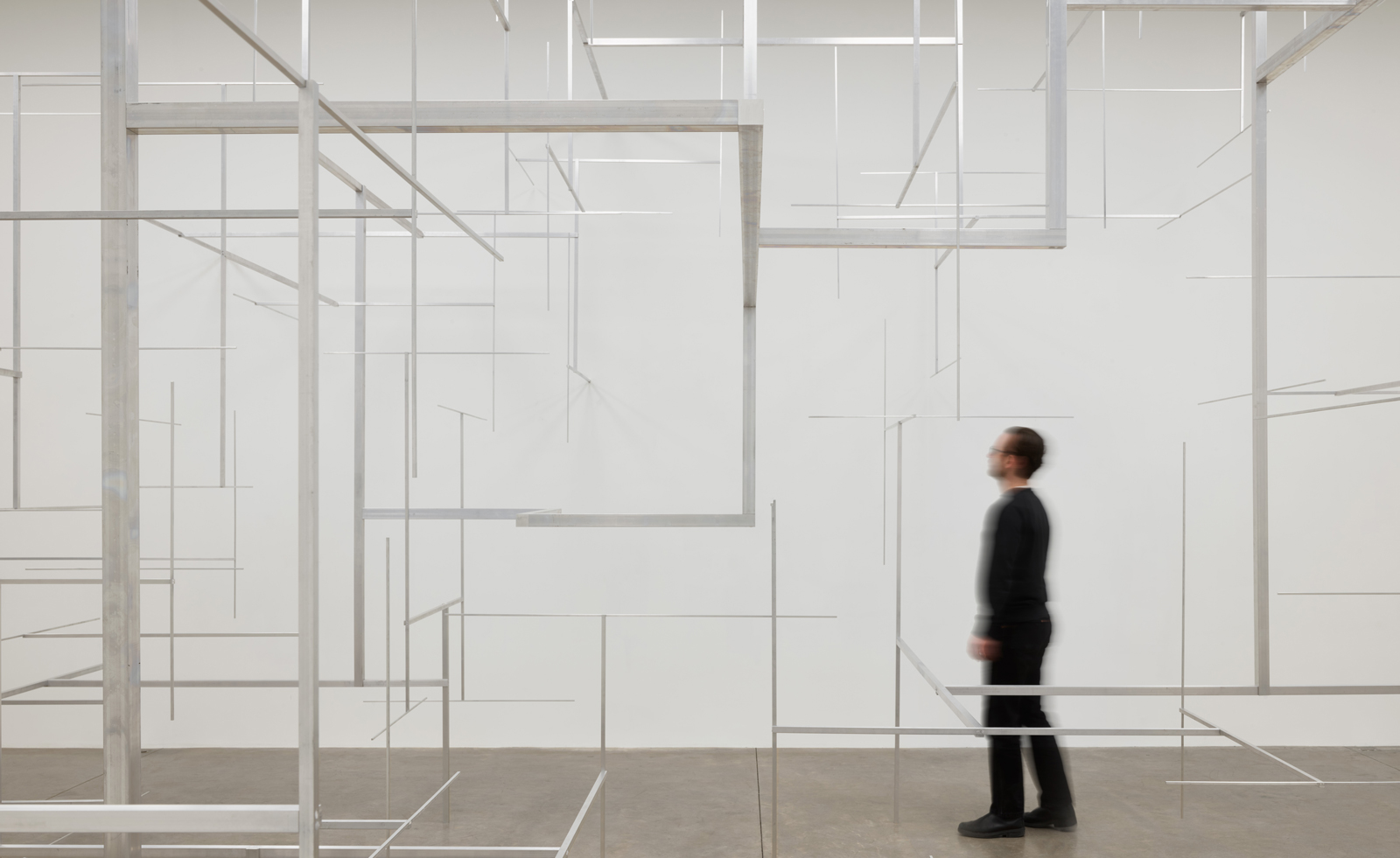
People, for whatever reason, do associate me with the body – I think that's fair enough,’ says Antony Gormley when we catch up over Zoom, as he prepares to open his New York art exhibition ‘Aerial’ at the city’s White Cube. ‘But I am, and always have been, as interested in the body of the viewer as I am in mine, as an example of a human body in space.’
It is a preoccupation he is building on in ‘Aerial’ through sculpture, which references his earlier considerations of proprioceptive environments we have seen in the cave-like Room, the immersive Blind Light and in the Breathing Room drawings. ‘They are all attempts to somehow catalyse space itself and make environments in which the viewer’s body is invited to sense its own movement through time and space,’ Gormley adds. ‘And you could say that there are a number of works that do both. Take Model, Space Station, Cave – all of those are, as it were, buildings, but made with reference to the form of the body that you can actually enter and move through. And I'm continuing that line of thought.’
Read the full Antony Gormley interview
St. Vincent
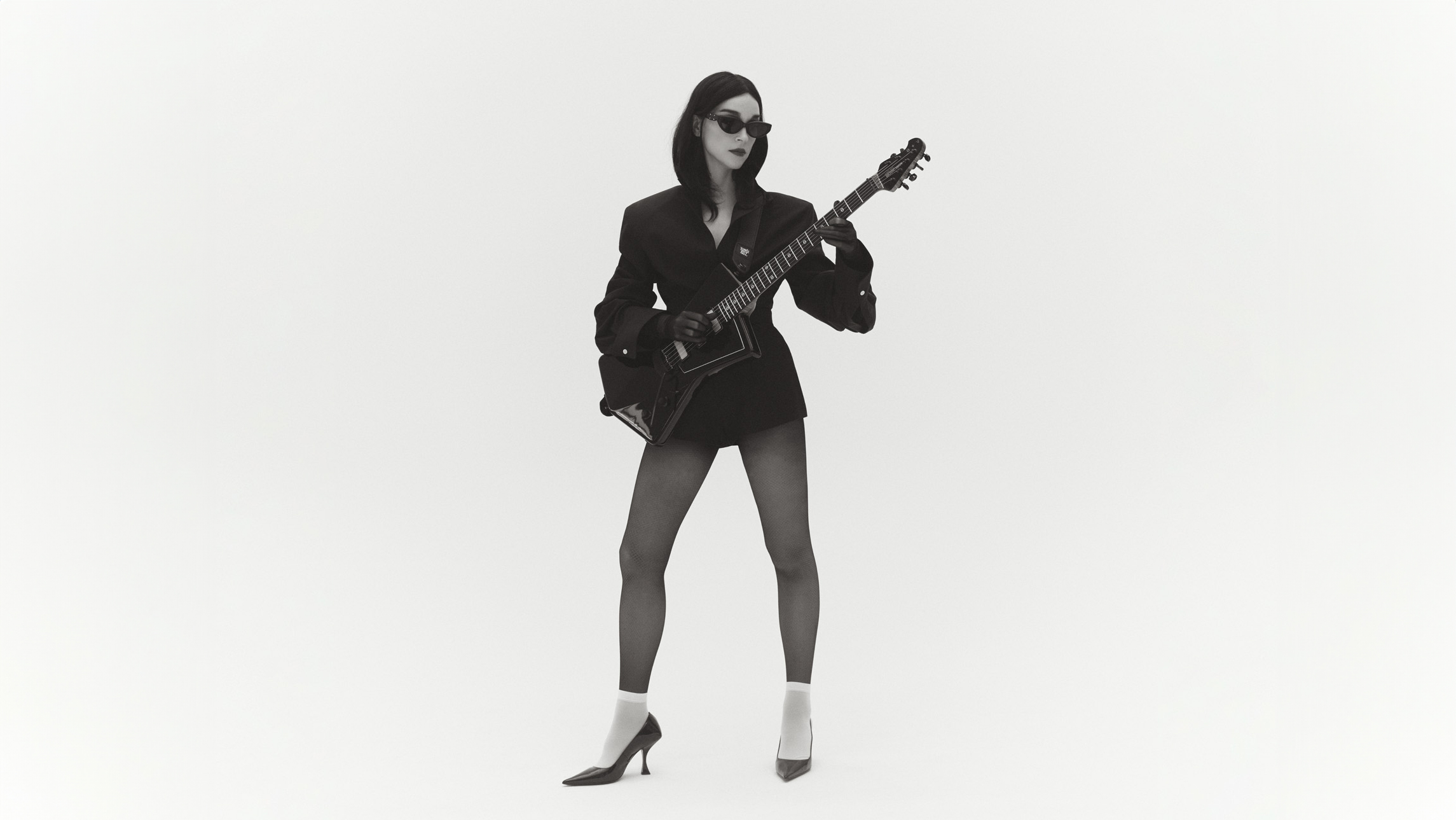
Since the release of her 2007 debut album, Marry Me, the Texan-born, guitar-shredding St. Vincent has continued to reinvent herself, dabbling in synth-pop, hard rock and everything in between. Like Bowie before her, she’s played with, and prodded at, the idea of persona. For the release of 2017’s Masseduction – a time she calls her ‘dominatrix at the mental institution’ era – she dressed only in latex, insisting journalists interview her (decidedly prickly) alter-ego inside a neon pink box. During 2021’s Daddy’s Home, she was a louche, 1970s gangster, in a flared two-piece and blonde bob wig. And for mockumentary The Nowhere Inn, directed by Sleater-Kinney’s Carrie Brownstein, she portrayed a heightened (and hideous) self-obsessed version of herself. ‘It wasn’t great for my career,’ she notes, dryly.
Read the full St. Vincent interview
Mickalene Thomas

American artist Mickalene Thomas sensually subverts Black female representation throughout history in works that draw on an eclectic roster of references. Now, her major new touring exhibition, ‘Mickalene Thomas: All About Love’ (currently at The Broad in LA and travelling on to Philadelphia and London later in 2025), featuring more than 80 works created over the last 20 years, nods to Thomas’ desire to imbue the sensual and sensitive figures she portrays with a joyful positivity, with a title referencing feminist author bell hooks’ canonic text of the same title.
‘I am constantly drawing inspiration from representations of intergenerational female empowerment, autobiography, memory and the tenets of Black feminist theoretical writings,’ says Thomas. ‘Authors and academics such as Kimberlé Crenshaw and Patricia Hill Collins have always provided supportive context for my work, in particular, and of course, bell hooks.’ These broad references are reflected in the multidisciplinary nature of the works themselves, which utilise a mix of materials in her distinctive collage style. ‘Collage is such an intricate means of discovery and exploration of all my ideas,’ she says. ‘It’s a way to learn and unlearn within my own process, and a way to anchor and make sense of my compositions. I enjoy rebuilding and the essential peeling back of layers to get to the core of my ideas. Collage does this for me.’
Read the full Mickalene Thomas interview
Laura Marling
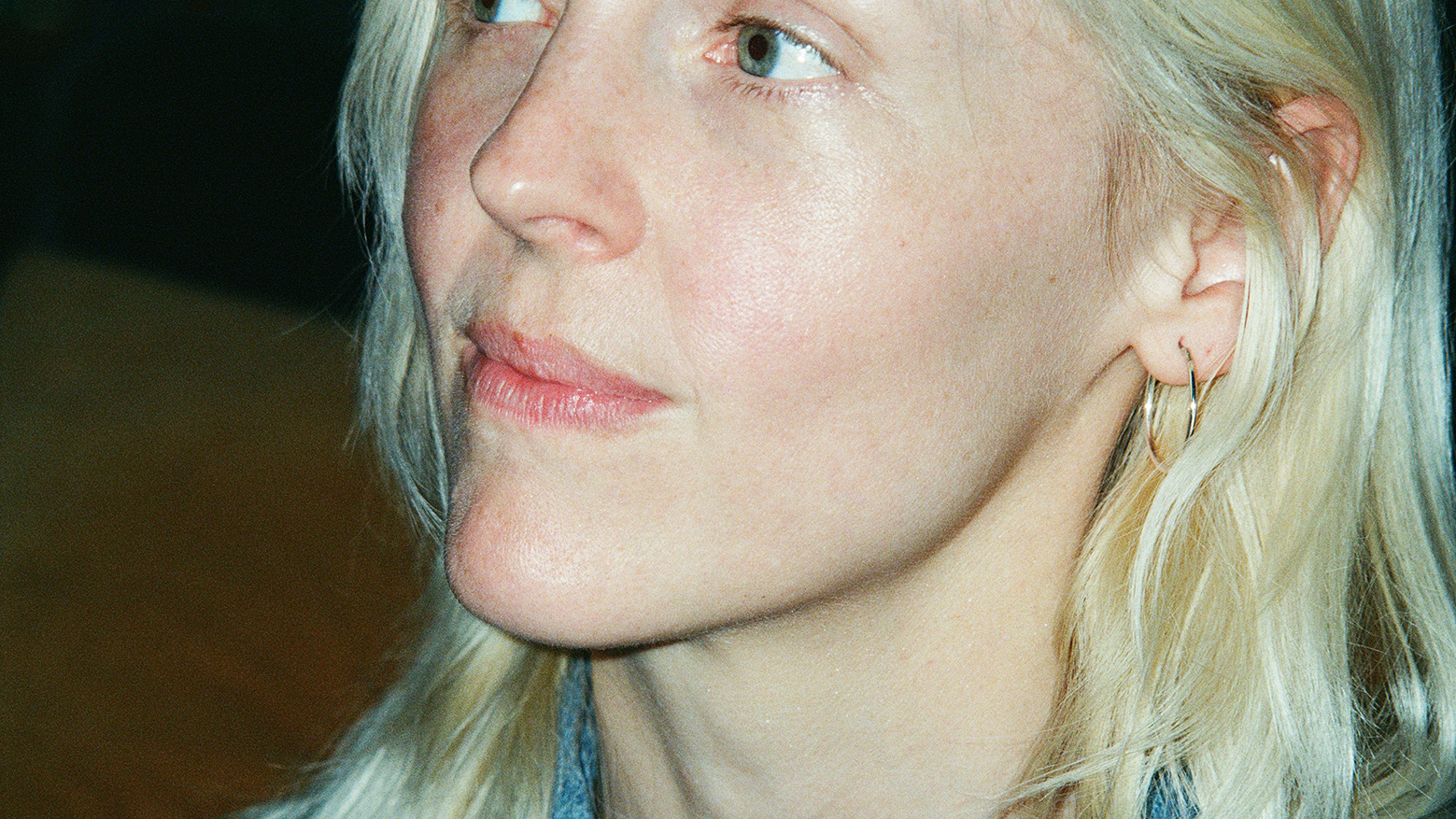
In autumn 2016, Laura Marling was playing a run of shows in the American Northwest and West. Starting in Washington state, the English singer-songwriter moved on to Oregon and then down to California. ‘Me and my friend, who was on tour with me, were going down the coast,’ Marling recalls of a journey that took them from Mill Valley, to Santa Cruz, to Santa Barbara. ‘And we were losing so much money on the tour that we were staying in campsites. It's not a boo-hoo story, it was fun to do,’ she clarifies with a smile. ‘It was nice weather. But we were in tents – well, a single tent.
‘We didn't have much cash, but we bought some lino and some really nice card and we started designing sigils [tarot-inspired prints]. We would make 15 of them and sell them at the shows, and then that would be enough money for the campsite and the petrol for the car.’ The sigils were made as linocuts – ‘so they're easily repeatable’ – and were postcard-sized, signed and dated. Marling charged $10 for each.
Read the full Laura Marling interview
Olivia Erlanger
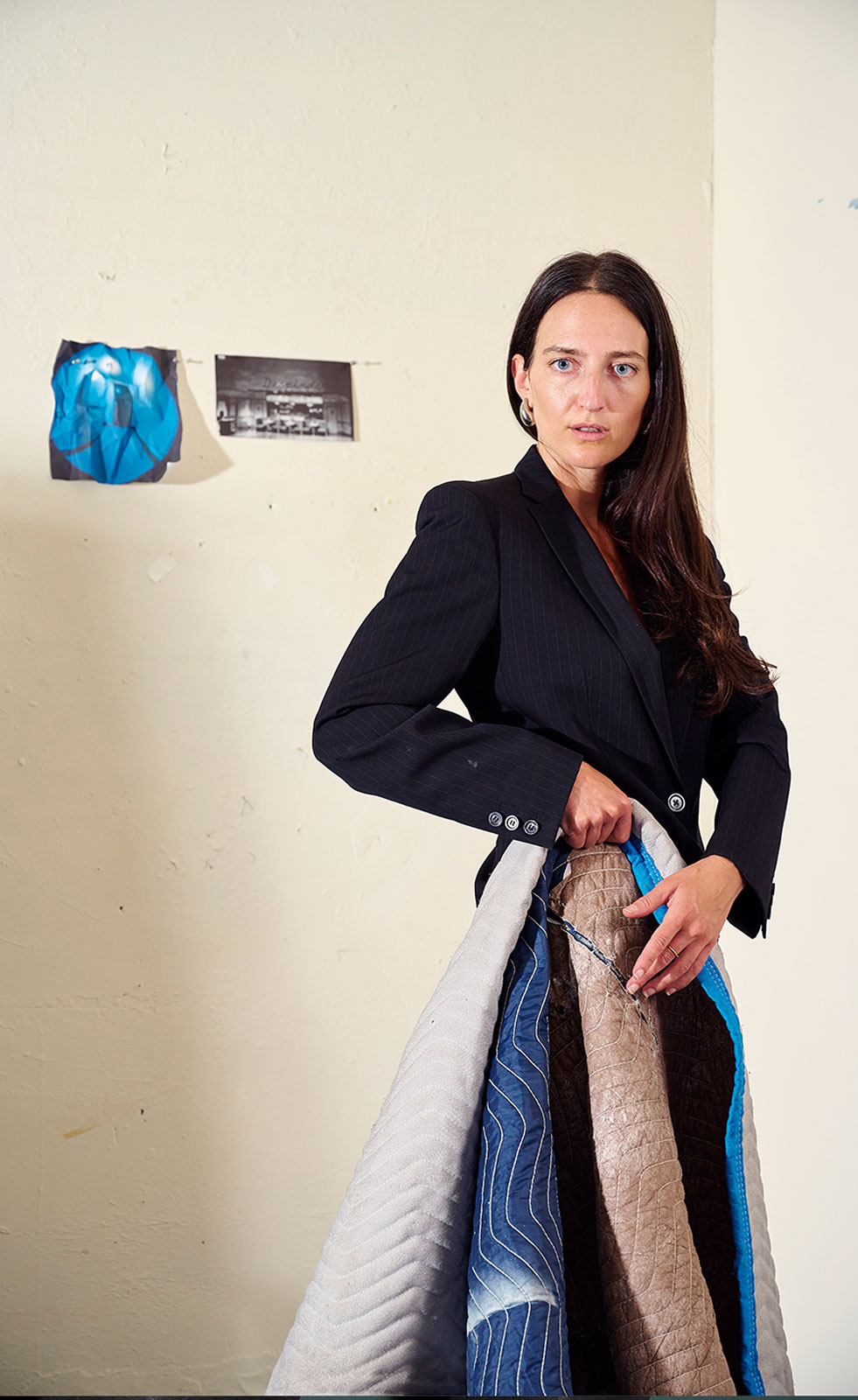
‘Both in school and at home, I was indoctrinated with an ideal of American exceptionalism where progress is linear, and each succeeding generation will be more prosperous than the last,’ says New York-based artist Olivia Erlanger, who is featured in 2024’s Wallpaper* USA 400. ‘This didn’t match with reality. I came of age during the introduction of the personal computer, 9/11, the wars in Iraq and Afghanistan, the advent and parasitic spread of reality TV, the global financial crisis of 2008 – events that have promoted the spiralling and fracturing of that promised progress. But dreams are boring. Delusions are more interesting and more powerful as make-believe frequently turns into reality.’
Read the full Olivia Erlanger interview
Kenia Almaraz Murillo
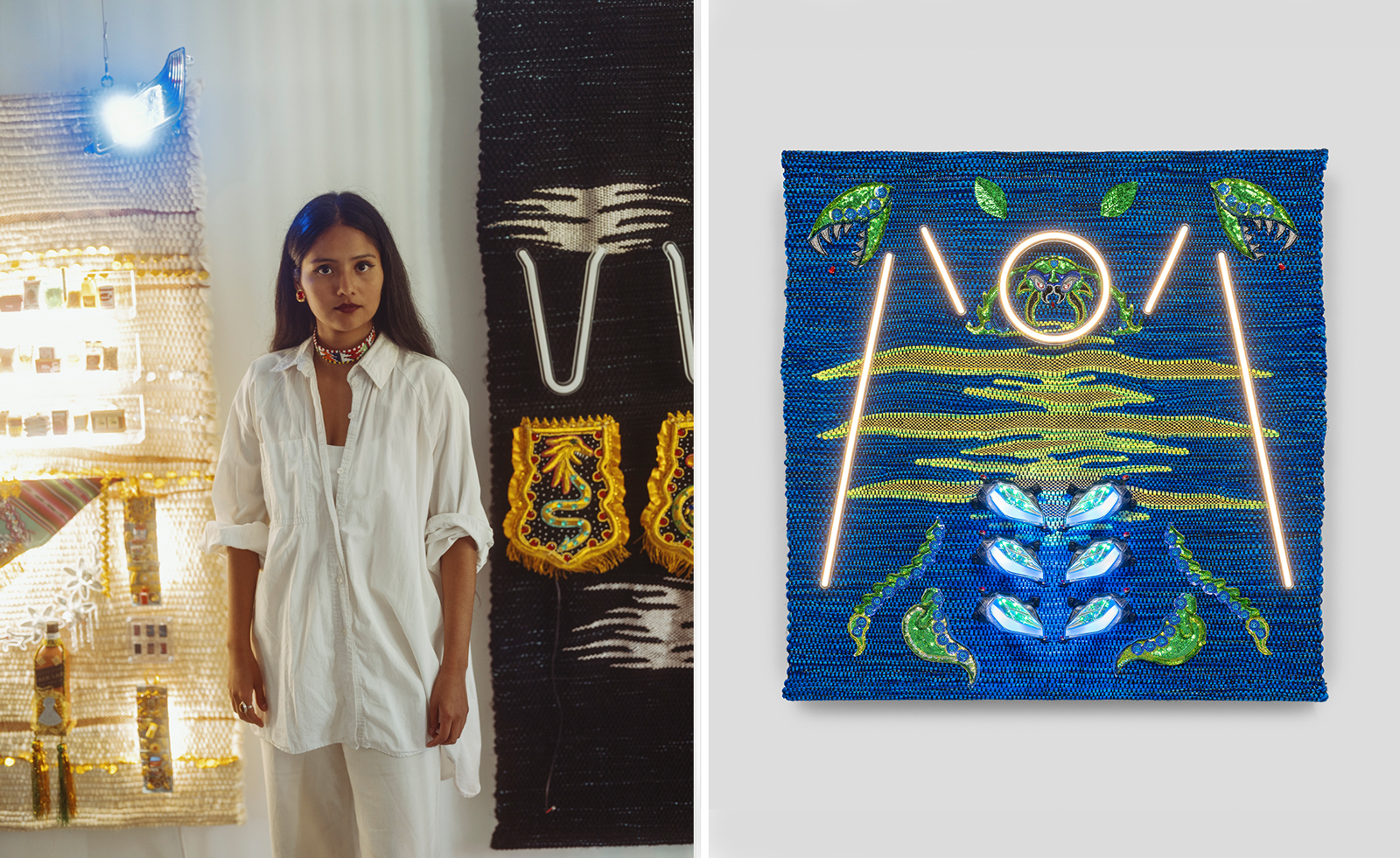
Bolivian-born textile artist Kenia Almaraz Murillo is rethinking weaving’s traditional reputation with work that zigzags across mediums and references. In her new London art exhibition, Murillo adorns her wall hangings with found, urban objects, from car headlights to motorbike headlamps, brilliantly lit up with curves of neon.
‘In my work, each piece bears witness to a specific encounter, whether it be with an animal, a landscape, a star, a myth, a legend, a story,’ says Murillo. ‘My approach is one of paying homage. I have a great admiration for living animals, and the animals of myths and legends. I try to make them come alive through my threads and to almost relive those precise moments when the discovery took place.
Read the full Kenia Almaraz Murillo interview
Rachel Feinstein
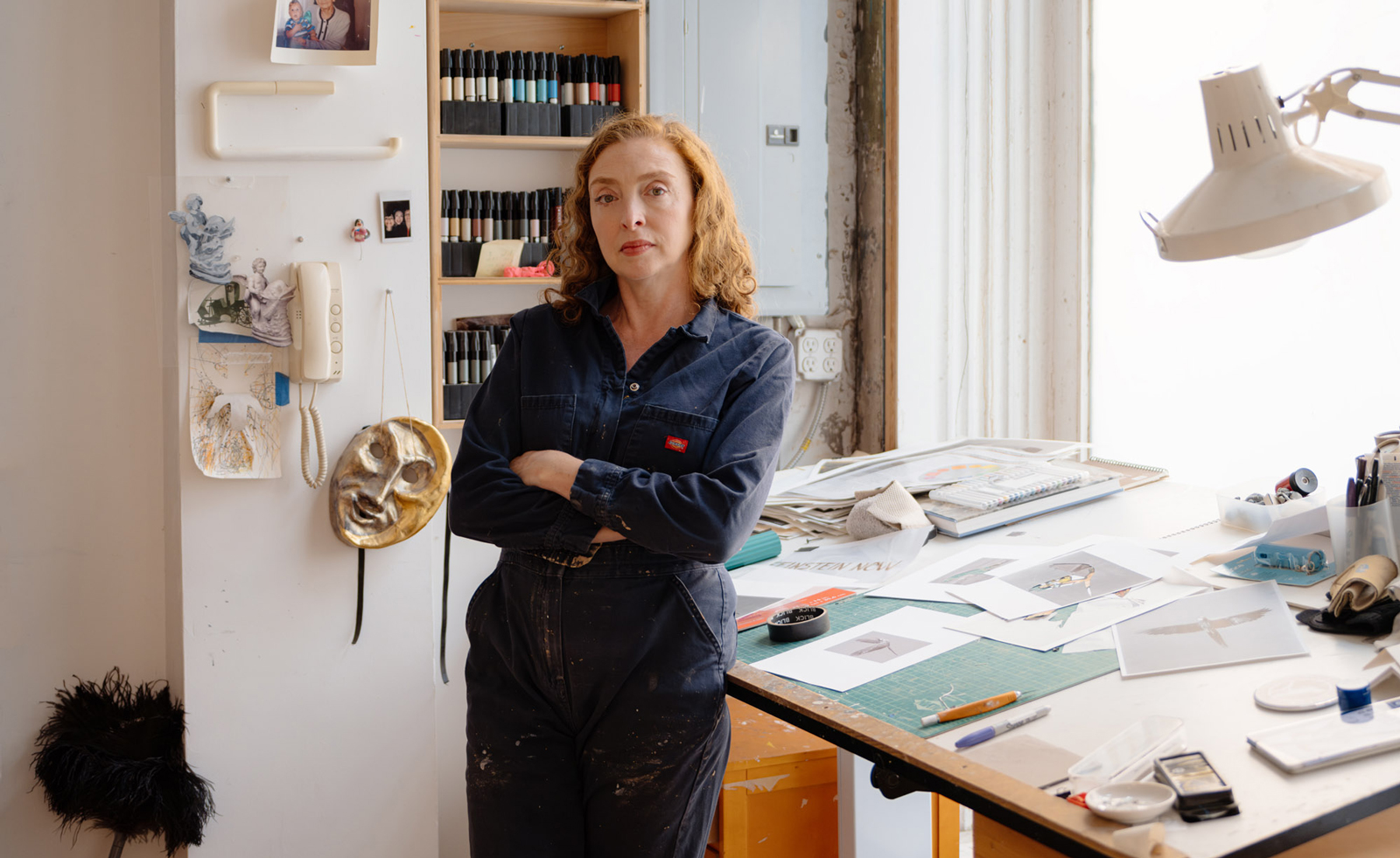
‘It’s very emotional for me to have a show in Miami,’ says Rachel Feinstein, speaking on the eve of her major new exhibition at The Bass Museum of Art. Spanning almost three decades of work by the Miami-raised, New York-based artist, the retrospective – the first in her hometown – celebrates and questions society’s embrace of artifice, particularly prescient when considering Miami’s reputation for decadence. ‘It’s got these crazy extremes, between good and evil, dark and light, male and female, and it’s all been very unconsciously important to me,’ she says. ‘And then, as I’ve gotten older, I’ve done a lot of work on dream therapy and it’s become more important. So Miami is the key to all of that, the basis of everything I do.’
Read the full Rachel Feinstein interview
Wayne McGregor and Max Richter

Sir Wayne McGregor is the master of creative collaborations. As resident choreographer at the Royal Ballet in London, a position he has held since 2006, he has translated an eclectic roster of literary, avant-garde and contemporary references into works for the stage (along with costumes in collaboration with Grace Wales Bonner and with Burberry), as well as taken the helm on film, TV, fashion and music videos projects, and founded his own London-based studio.
His latest project is an adaptation of Canadian author Margaret Atwood’s trilogy of novels, Oryx and Crake, The Year of the Flood and MaddAddam, into a three-act ballet. The project marks 16 years of his partnership with composer Max Richter, whose haunting, post-classical music is the soundtrack to Atwood’s post-apocalyptic nightmare.
Read the full Wayne McGregor and Max Richter interview
Elmgreen & Dragset
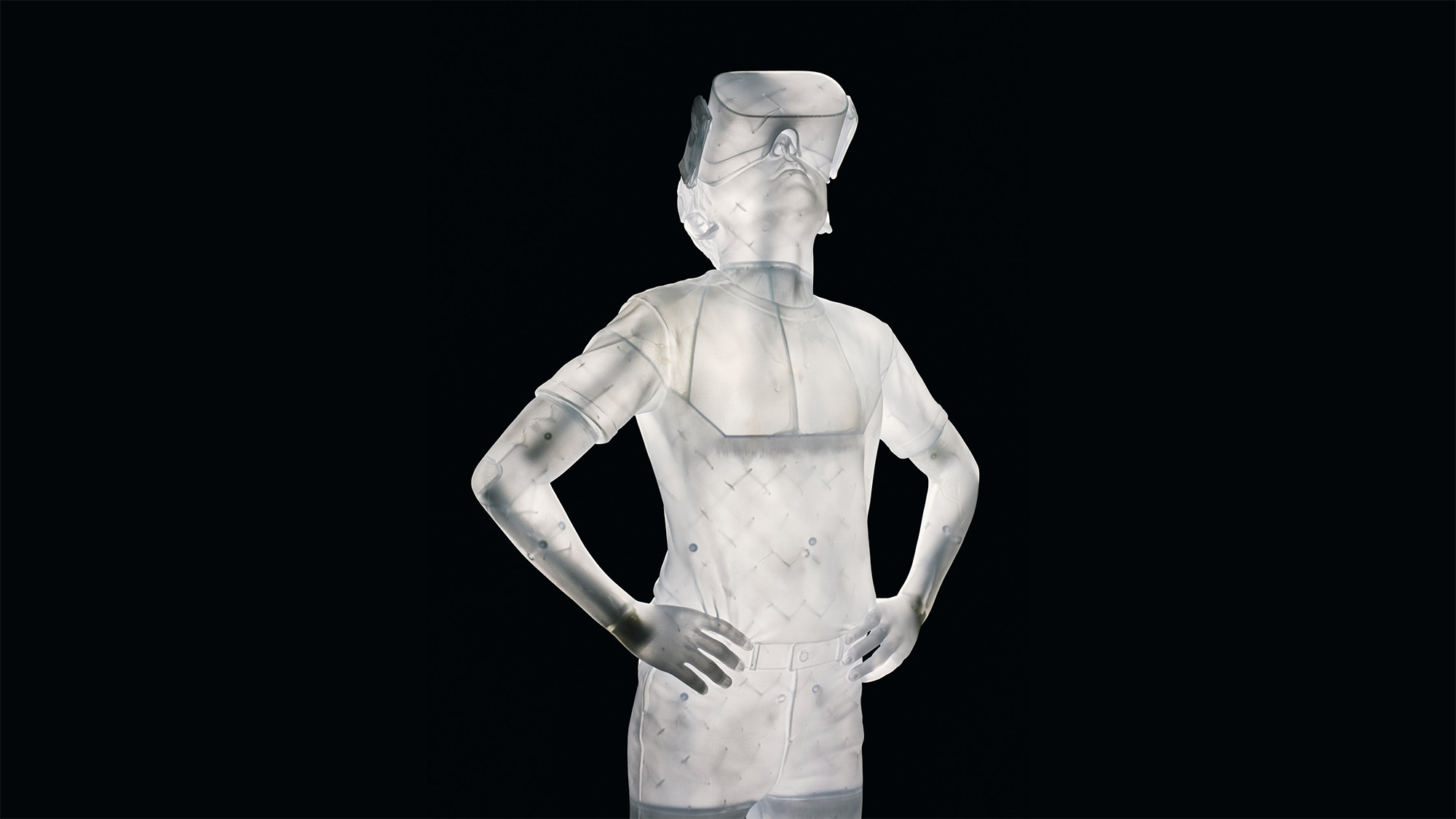
As Elmgreen & Dragset, Michael Elmgreen and Ingar Dragset bring a smart subversion to their large-scale installations. Over the last three decades, they have taken a sideways look at social and political systems by recontextualising mainstream motifs: works have included a full-scale replica of a Prada boutique in the Texan desert and a vast, vertical swimming pool, now installed in Hong Kong.
This playful mindset underpins a major new show at Musée d’Orsay in Paris, which, for the first time in its 38-year history, is staging a contemporary exhibition in its central sculpture nave. ‘L’Addition’ (until 2 February 2025) considers the effects of recontextualisation alongside a figurative rethinking of classical motifs, with Elmgreen & Dragset’s works taking their cue from the 19th-century sculptures in the museum’s permanent collection. Here, though, they strike an uncanny tone. Look again at the apparently traditionally styled and crafted works and you begin to spot subversive details: a classical figure appears to be wearing headphones, another a VR headset, and could that one be playing with a drone?
Read the full Elmgreen & Dragset interview
John Akomfrah
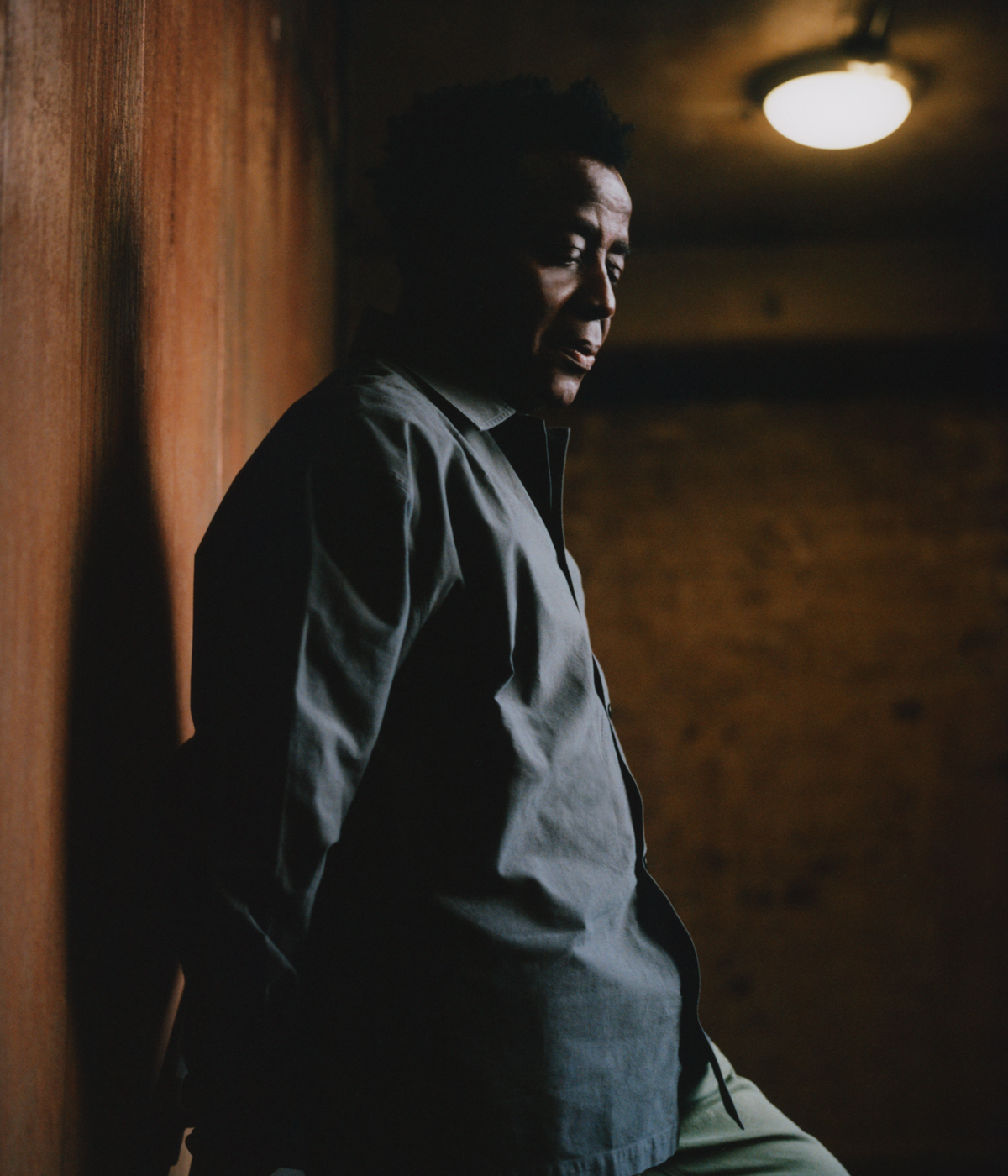
John Akomfrah’s immersive and visual works consider migration and diasporic communities through the media of film. In new work for the Venice Biennale this year, commissioned and managed by the British Council, Akomfrah dissects a historical narrative through an auditory lens, putting sound at the centre of his new piece, Listening All Night To The Rain.
‘I’d got to a point where I thought a lot of what I want to say involves trying to pull people into positions of listening,’ he says. ‘It’s about acknowledging connections with other species, and each other. We’re cautioned to listen to rising water levels, CO2 emissions – there are a lot of voices begging to be listened to. It felt like a good moment to just bring up some of the past. [The work] is both looking ahead to the things that we are definitely interested in the present, but a lot of it is also to do with the immediate past and the things we haven’t really paid attention to, [and] sometimes they are related. There’s much to hear.’
Read the full John Akomfrah interview



